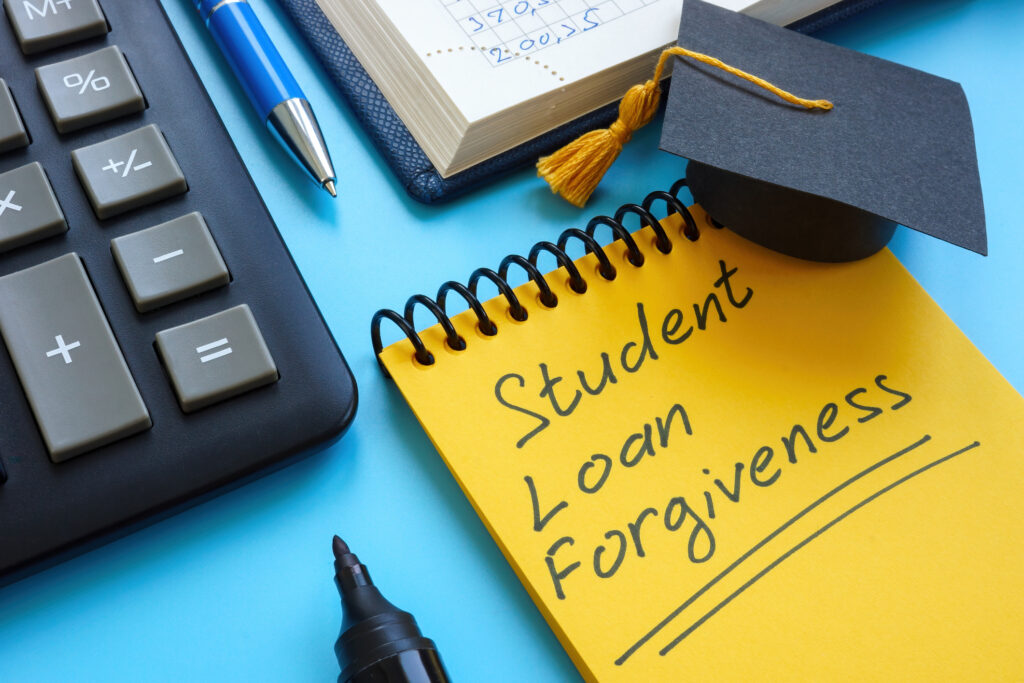Just Graduated College? It’s Time To Tackle Your Student Loans

Originally Published June 18, 2018.
Student loan debt for many recent college graduates is becoming the norm. Student loan debt is now more than $1 trillion and continues to rise. For many younger Americans, it has become the largest household debt.
A Federal Reserve Bank of Michigan report states that 30% of all Black student borrowers default on their student loans after entering college. This is true even of students who earned a bachelor’s degree, including 75% of borrowers who dropped out of for-profit colleges.
Although the statistics are grim, you don’t have to become a statistic. Being informed and proactive can help you manage your loans and create wealth for life as you embark on your career journey.
The First 3 Things to Know About Student Loan Debt
Forgiveness programs
The Department of Education offers forgiveness programs to help borrowers with student loan debt. These programs include the Public Service Loan Forgiveness (PSLF) and the Teacher Loan Forgiveness (TLF) programs, both of which are designed to alleviate the student loan burden.
The PSLF program is available to borrowers who work full-time in public service jobs. Federal, state, and local government jobs qualify (including certain nonprofit employers), as do jobs with tax-exempt nonprofits. Borrowers must make 120 qualified payments before they are eligible for forgiveness of the remaining loan balance. The TLF program is available to teachers who teach full-time for five complete and consecutive years at certain elementary and secondary schools, and other qualified educational institutions that serve low-income individuals. To determine if the school you teach at qualifies, visit the Teacher Cancellation Low-Income Directory.
Get an understanding
After graduating, get an understanding of your student loan providers. If you are unsure who holds your student loans, visit the US Department of Education’s website. This will guide you in determining the next steps to better manage your student loans. In addition, also consider Sallie Mae’s Manage Your Loan portal. This provides borrowers with various tools to manage payments, apply for deferments, and additional tools to get a handle on their loans.
Payment options
Generally, borrowers are not responsible for payments until six months after graduation. If, at that time, you are having difficulties making payments, contact your loan provider as soon as possible. Borrowers may be able to request a deferment or forbearance, which allows users to postpone payments until a later date. Keep in mind that the main difference between a deferment and forbearance is that you may not be responsible for making interest payments with a deferment (there are some exceptions). Either way, keeping your provider in the loop is a good idea. Doing so can protect your credit and provide payment options to tackle your student loan debt.
—Stacy Tisdale and Robin White Goode contributed to this article.




